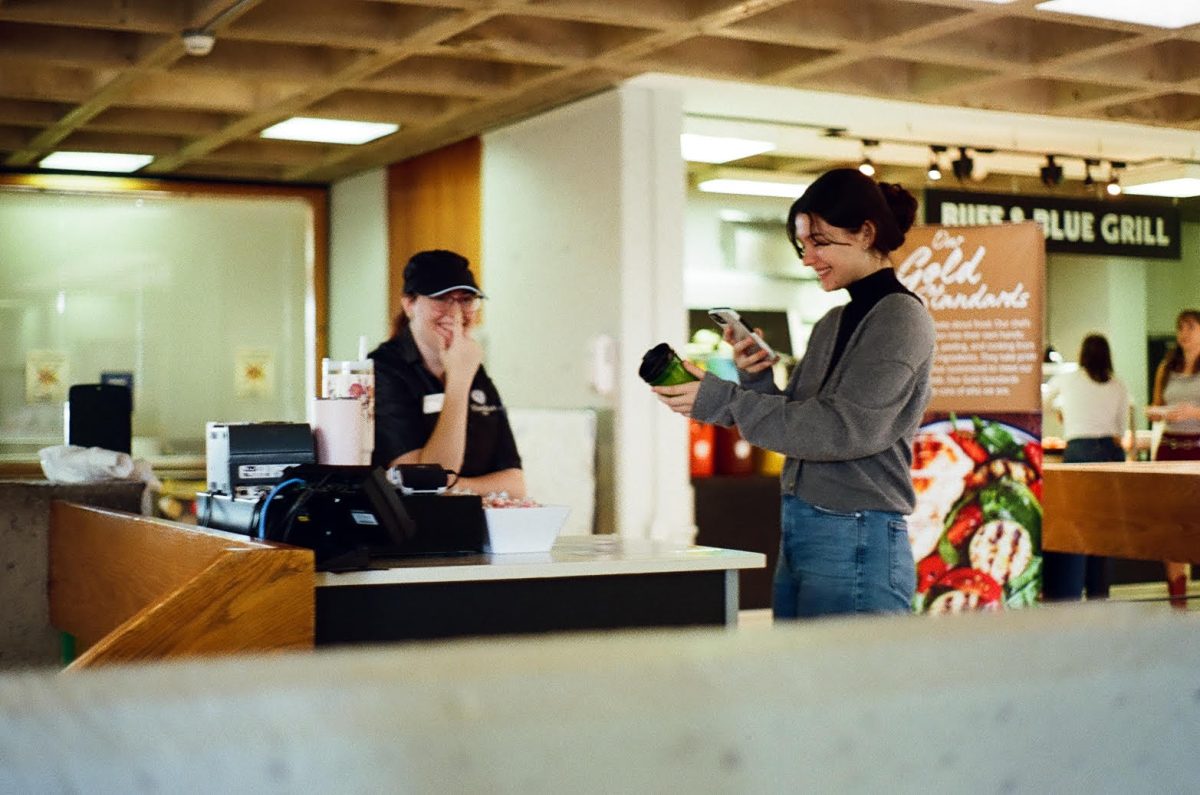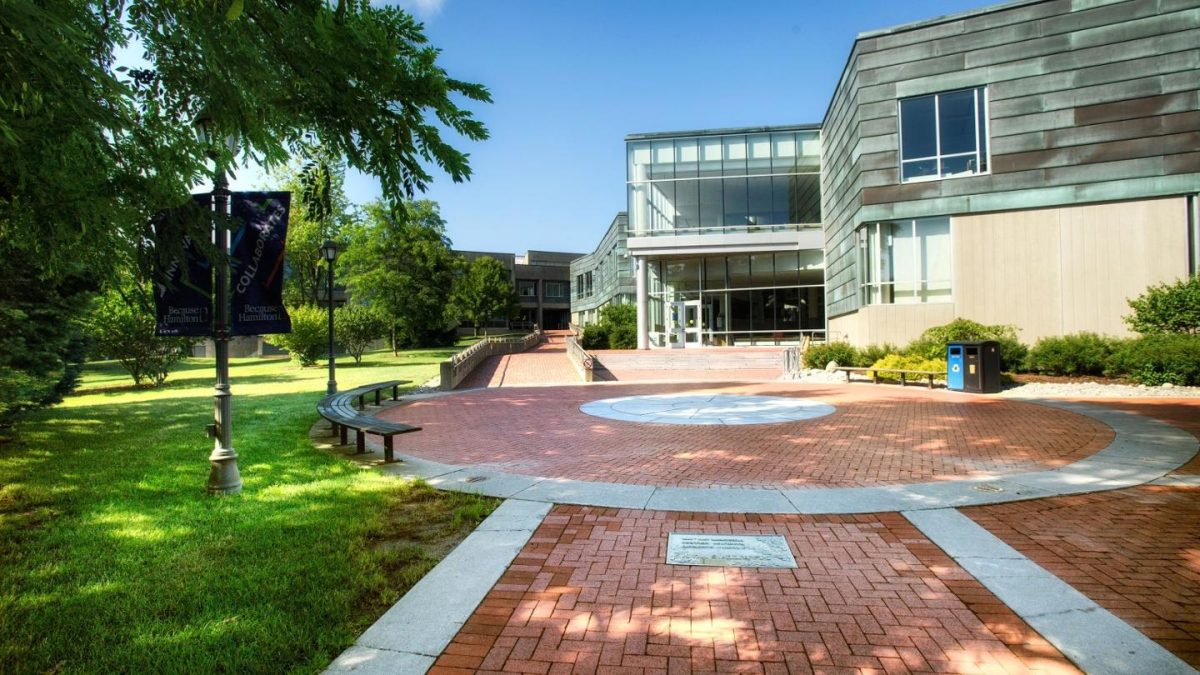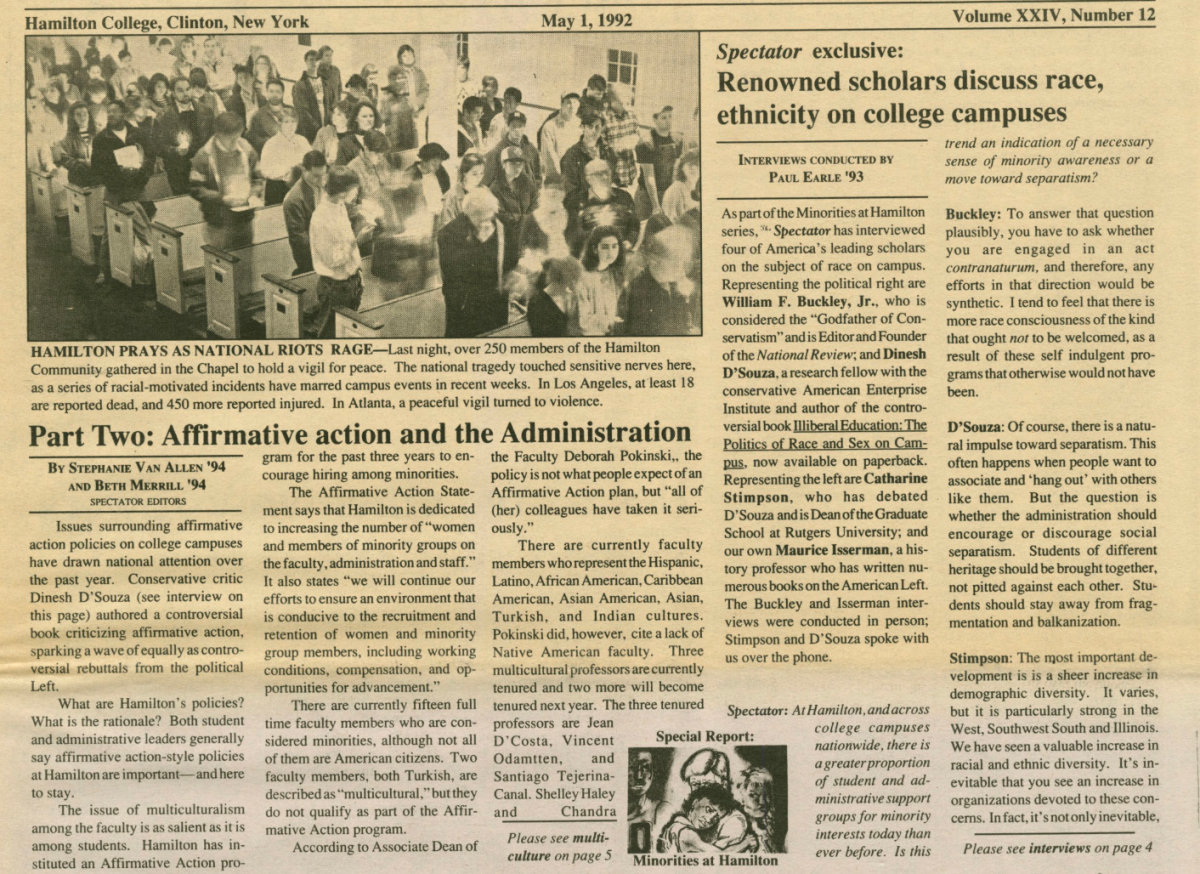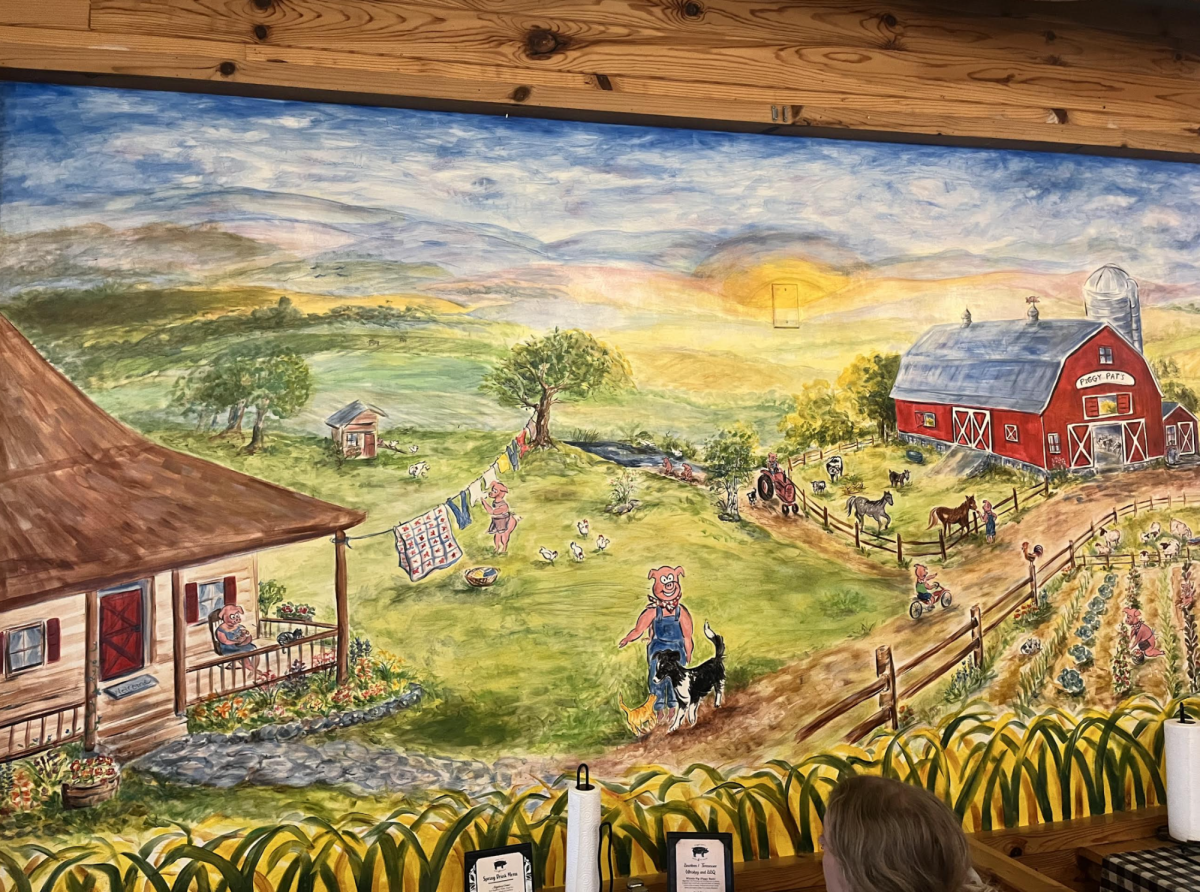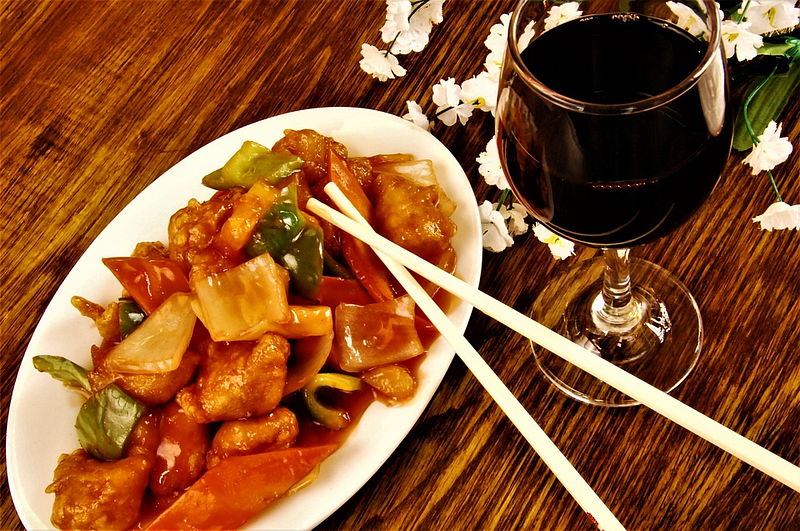
Culture to me means customs, traditions, and social norms that are specific to that culture, which makes it unique. The food we eat plays a huge role in our cultures. Nearly every culture differs in the food and customs associated with it. For example, in Chinese culture, the longevity noodles served on certain occasions, such as birthdays or Chinese New Year, symbolize a long and healthy life ahead. Food, in general, is associated with social events, family gatherings, and being healthy. Often, a common greeting would be, “Have you eaten yet?”
Whenever there were guests in my home, my mother would prepare a variety of dishes and would keep asking the guests whether they were full yet and even if they said they were, my mother would keep giving them more food to eat. The reason for this important emphasis on food is because Chinese people view food as a source of energy that is essential to a healthy body. It is also courteous to make sure the guests are really full and feel welcomed and that they are not just being polite when they refuse food. Growing up, being healthy was always a main concern for many Asian families in my neighborhood. Food can be considered a social construct that shapes Chinese culture and continuously influences other cultures on a global scale. Chinese culture is extremely rich and diverse. Food plays a major role.
My mother would explain to me the importance of Chinese families eating together and how they will wait until everyone is at the table before they start to eat. However, since my family has always just consisted of me and her, I did not see waiting for her as a big deal. So, if I ate before her, she would scold me and say I was being very disrespectful.
There are many etiquettes when it comes to eating at a table that I am still unaware of. I was never allowed to stick my chopsticks upright in my bowl of rice because that represented death and was considered bad luck. I was not allowed to use my chopsticks to tap on the bowls or make any noise since that would mean I was a “beggar.” If there was someone elderly, I would have to greet that person first and be very polite towards the adults. If I disagreed with any elders, I would have to stay quiet and agree because arguing with an elder was considered impertinent. Respect is highly emphasized in Chinese culture, as well as compassion and caring.
My favorite holiday is the Chinese New Year because there is a food requirement list of “lucky foods.” These foods include fish, dumplings, spring rolls, tangyuan, noodles, niangao, and good fortune fruits. There are a variety of fish that each have their own meaning. For example, the word catfish in Chinese sounds like the phrase “year surplus.” So, if families eat a catfish for New Years, it would mean the family was wishing for a surplus in the year.
The way a fish is eaten is also very specific and important. For example, the fish must face the elders or an important guest at a table. The person facing the fish must eat the fish first for everyone else to enjoy the meal, and it is considered lucky if the person facing the tail and mouth of the fish drink together. The color red is everywhere because it represents good luck since red symbolizes fire which burns away bad spirits. I love the Mid-Autumn Festival which is the second biggest holiday after Chinese New Year and takes place on the 15th day of the eighth lunar month on the lunar calendar. At this time, the moon is located at its farthest point from the Earth, making the moon appear very bright and round. Thus, the Mid-Autumn Festival is also called the Moon Festival or the Lantern Festival. Typically on this holiday, Chinese people eat mooncakes, duck, pumpkins, taro, and other foods depending on which region a person is from. For example, in the southern region, Cantonese people eat river snails during Mid-Autumn Festival because snails are said to brighten one’s eyes. I find Chinese holidays very beautiful in the way that they are loud but delicate; bold but also subtle.
Chinese food seems to be widely accepted in America and has even adapted into a cultural fuse of Chinese-American food. When I asked my friends and classmates had they ever eaten Chinese food, all of them said yes. When I asked if they ever eaten authentic Chinese food, most of the students that were not Chinese admitted they have not. It is amazing to see how popular Chinese food is in America; however, I do wish authentic Chinese food could be just as, or even more, popular than the Americanized Chinese food. From my observations, I have not seen any Thai-American or Korean-American restaurants. For the most part, Thai food and Korean food are pretty authentic and are not as Americanized as Chinese food.
Being an American-Born Chinese (ABC), has allowed me to be a part of two very different cultures. As I grew up, I started to have more of an appreciation for being Chinese.
When I was younger, I used to find my mother’s Asian habits embarrassing and wish she was less Asian, especially in public. However, now I see beauty in how she acts and why she acts the way she does. I even wish she enforced more Chinese values within me growing up so that I could feel more “Chinese.” My mother never taught me how to read and write in Chinese and because of that, I am taking Chinese class now in college. Most of my Chinese friends have been to China and visited their parent’s hometown. I never had the opportunity to visit China which is why I am so passionate about studying abroad there. Part of me thinks that, had my mother taught me how to read and write in Chinese and allowed me to visit China when I was younger, I could be studying another language instead, that way I would know more than two languages.
All in all, I enjoy learning Chinese and I find Chinese culture very enticing. I have definitely grown to appreciate this exquisite culture and learned to embrace my inner Chinese.



